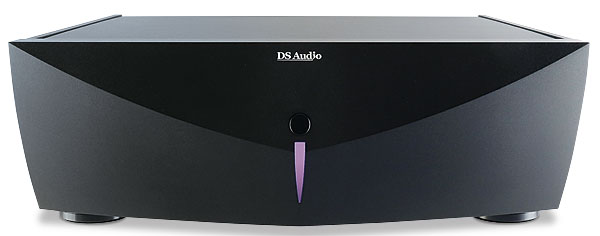DS Audio Master 3 Cartridge Light Work
Although DS Audio's phono cartridges use photoelectric technology they still 'pick-up' from the groove using a mechanical stylus and cantilever which present all the same issues of compliance, tracking force, tracking ability, tracing accuracy and tonearm matching that we have with conventional MMs and MCs. Unlike MM/MCs however, optical cartridges do not rely on electromechanical principles to generate an output. Instead, the Master 3's discrete, two-channel output (carried by the L+ and R+ terminal pins) is derived from the light of two fixed, narrow-beam 5V LEDs (powered via the R– and L– pins) shining on a pair of photocells. The LED light paths are modulated by what DS Audio calls a 'shading plate' – a V-shaped sliver of beryllium film connected to the moving cantilever – that reflects the passage of the stylus through the analogue groove.

Because DS Audio's photoelectric conversion is sensitive only to the amplitude of the movement of the stylus, unlike velocity-sensitive MM/MCs whose output increases with both groove excursion and frequency, the Master 3 requires only a relatively subtle HF boost to realise a 'flat' response with all RIAA pre-equalised LPs. The LED PSUs and equaliser are housed in a single, heavyweight chassis [see inset pic]. PM
























































